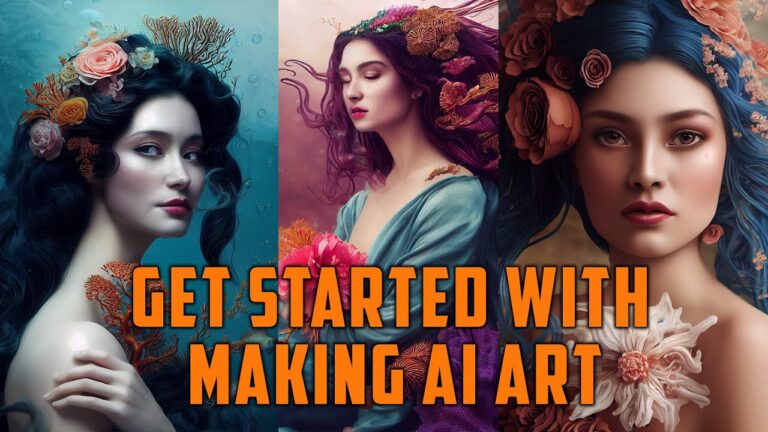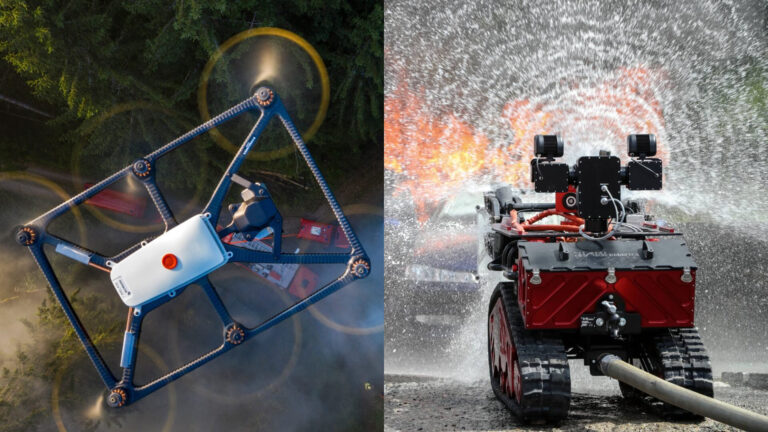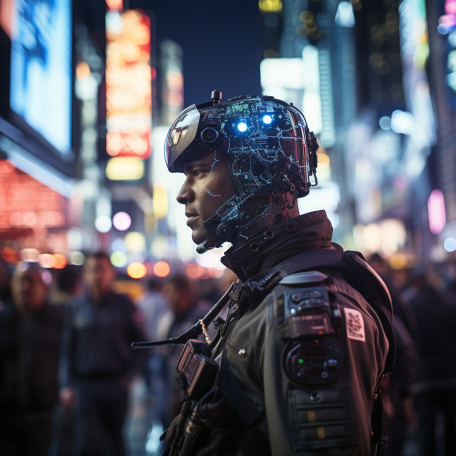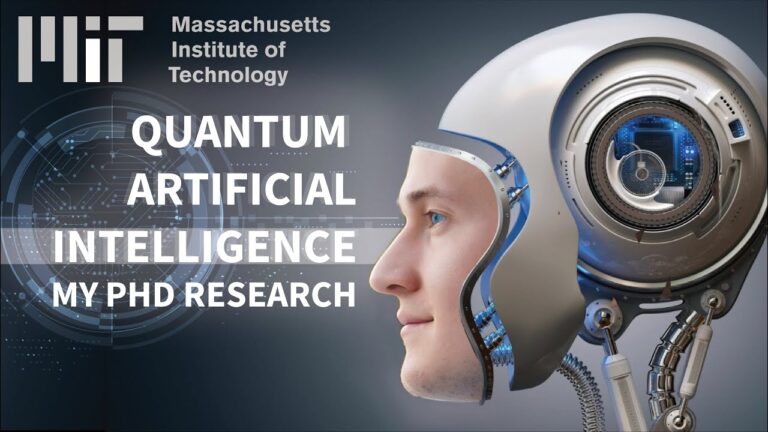AI creates new job opportunities while also displacing traditional roles. It reshapes the workforce landscape in the digital age.
Artificial intelligence (AI) significantly impacts the modern workforce. It introduces innovative job roles while making some traditional positions obsolete. This dual effect, known as the AI job paradox, poses challenges and opportunities. Companies must adapt to this evolving landscape by investing in reskilling and upskilling their employees.
AI can enhance productivity and efficiency, but it requires a strategic approach to workforce management. Understanding this paradox is crucial for businesses and employees alike. Navigating the balance between job creation and displacement will define the future of work. Embracing AI’s potential while addressing its challenges ensures a prosperous digital economy.
The Ai Job Paradox Explained
The AI job paradox is a fascinating topic in today’s digital age. AI creates new jobs while displacing old ones. This duality causes both excitement and fear. Understanding this paradox can help us navigate the future of work.
The Fear Of Job Loss
Many people worry AI will replace their jobs. Workers in repetitive tasks feel most threatened. Machines can perform these tasks faster and more accurately. This leads to job displacement and anxiety.
According to a study, 25% of jobs are at risk of automation. Jobs in manufacturing, data entry, and customer service are particularly vulnerable. This fear is real and affects many workers.
New Opportunities Emerge
Despite these fears, AI also creates new jobs. These jobs often require new skills and training. For example, AI specialists and data scientists are in high demand. These roles did not exist a decade ago.
Here is a table showing some emerging job roles:
| Job Role | Description |
|---|---|
| AI Specialist | Develops and trains AI models |
| Data Scientist | Analyzes complex data to inform decisions |
| Robotics Engineer | Designs and builds robotic systems |
These new roles require creativity and problem-solving skills. They are less likely to be automated. This shift opens opportunities for growth and innovation.
In summary, the AI job paradox involves both job loss and creation. Adapting to these changes is crucial for future success.

Historical Perspectives On Technology And Employment
The relationship between technology and employment has deep roots. Each wave of innovation has brought both opportunities and challenges. By examining these historical perspectives, we can better understand today’s AI job paradox.
Past Technological Revolutions
The Industrial Revolution changed the world. It shifted work from farms to factories. Machines replaced many manual tasks. People feared job loss but new jobs emerged in factories.
The advent of computers in the 20th century was another milestone. Many clerical jobs vanished. New roles in IT and software development appeared. The internet further transformed how we work and communicate.
Lessons Learned
Each technological revolution has taught us valuable lessons:
- Adaptability: Workers must learn new skills to stay relevant.
- Innovation: New technologies create unforeseen job opportunities.
- Economic Shifts: Economies adapt to technological advancements.
Consider these key points from past revolutions:
| Revolution | Key Impact | New Opportunities |
|---|---|---|
| Industrial Revolution | Shift from manual to machine work | Factory jobs, industrial engineering |
| Computer Revolution | Automation of clerical tasks | IT roles, software development |
| Internet Revolution | Global connectivity | E-commerce, digital marketing |
Ai’s Impact On Various Industries
Artificial Intelligence (AI) is changing our world. It affects many industries. Some jobs are created and some are lost. This is called the AI Job Paradox. We will explore how AI impacts healthcare, manufacturing, and the service sector.
Healthcare Transformation
AI is changing healthcare. Doctors use AI to detect diseases early. It can predict patient needs. This helps in faster and better treatments.
- Diagnosis: AI scans images to find illnesses like cancer.
- Treatment plans: AI suggests the best treatment options.
- Patient care: AI tools track patient health at home.
AI makes healthcare more accurate and fast. It saves lives.
Changes In Manufacturing
AI transforms factories. Machines are now smarter. They work without human help. This is called automation.
- Robots: AI-powered robots assemble products.
- Quality control: AI checks for defects in products.
- Supply chain: AI optimizes delivery and inventory.
AI makes manufacturing faster and cheaper. It also reduces errors.
The Service Sector Evolution
AI is also changing the service sector. This includes jobs like customer service and retail.
- Chatbots: AI chatbots answer customer questions.
- Personalization: AI recommends products based on past purchases.
- Automation: AI handles tasks like booking appointments.
AI makes services quicker and more personalized. It improves customer satisfaction.
AI’s impact on various industries is huge. It creates new opportunities but also challenges. Understanding these changes is key to adapting in this digital age.
Skills For The Ai-driven Economy
The AI era is reshaping the job market. Some jobs disappear, but new ones emerge. Learning new skills is crucial. Let’s explore what skills are needed for this new world.
Technical Skills In Demand
AI creates many new technical roles. Companies need people who understand AI and data. Here are some technical skills that are in high demand:
- Data Analysis: Interpreting data to find trends.
- Machine Learning: Building models that learn from data.
- Programming: Writing code in languages like Python.
- Cloud Computing: Managing data and applications on the cloud.
These skills help you stay relevant in the AI-driven economy.
Importance Of Soft Skills
Technical skills are important, but soft skills matter too. They help you work well with others and adapt to change. Here are some key soft skills:
- Communication: Clearly sharing ideas and information.
- Critical Thinking: Solving problems effectively.
- Adaptability: Adjusting to new situations quickly.
- Teamwork: Working well with others to achieve goals.
Balancing technical and soft skills makes you more employable. It prepares you for the challenges of the AI-driven economy.
| Skill Type | Examples |
|---|---|
| Technical Skills | Data Analysis, Machine Learning, Programming, Cloud Computing |
| Soft Skills | Communication, Critical Thinking, Adaptability, Teamwork |
The Role Of Education And Training
The rise of AI brings both opportunities and challenges. Education and training play a crucial role in navigating this landscape. As AI transforms industries, the need for new skills becomes evident. Adapting to these changes is essential for both current and future workers.
Adapting Curriculum For The Future
Schools and universities must update their curricula. This ensures students learn relevant skills. Here are some key areas to focus on:
- Coding and programming: These skills are fundamental in the digital age.
- Data analysis: Understanding data is crucial for many AI applications.
- Ethics in AI: Students must learn about the ethical implications of AI.
- Creative problem-solving: AI can automate tasks, but creativity remains a human strength.
Educational institutions must also collaborate with industry leaders. This helps ensure that the skills taught are in demand. Practical experiences, like internships, can also bridge the gap between theory and practice.
Lifelong Learning And Reskilling
Lifelong learning is essential in the digital age. Workers need to constantly update their skills. Here are some strategies for lifelong learning:
- Online courses: Platforms like Coursera and Udemy offer flexible learning options.
- Workshops and bootcamps: Intensive training sessions can quickly upskill workers.
- Company training programs: Businesses can offer in-house training to keep employees updated.
- Professional certifications: These validate skills and can boost career prospects.
Reskilling is vital for those whose jobs are displaced by AI. Governments and companies should invest in training programs. This helps workers transition to new roles. It’s important to create a culture of continuous learning. This ensures everyone can adapt to the evolving job market.

Entrepreneurship In The Age Of Ai
Artificial Intelligence (AI) is changing the world. It impacts how businesses operate. Entrepreneurs find new ways to use AI in their ventures. This shift creates unique opportunities and challenges for start-ups.
Start-up Opportunities
AI opens doors to many start-up opportunities. Entrepreneurs can create tools that solve everyday problems. For example, AI can help in healthcare by diagnosing diseases early. It can also improve customer service with chatbots.
Here are some areas where AI can be used:
- Healthcare
- Finance
- Retail
- Manufacturing
AI can also help in analyzing large amounts of data. This helps businesses make better decisions. It can predict trends and customer behavior. This makes marketing more effective.
Challenges For Entrepreneurs
Despite the opportunities, there are challenges in using AI. One major challenge is the cost. Developing AI technology can be expensive. Not all start-ups have the budget for it.
Another challenge is the need for skilled workers. AI requires knowledge in programming and data analysis. Finding people with these skills can be hard. There is also the issue of data privacy. Businesses must ensure they handle data responsibly.
| Opportunity | Challenge |
|---|---|
| Improved customer service | High development costs |
| Better decision-making | Need for skilled workers |
| Market predictions | Data privacy concerns |
Government And Policy Maker’s Role
As artificial intelligence (AI) reshapes industries, the role of government and policy makers becomes crucial. Their decisions can help balance the creation and displacement of jobs. Effective policies can ensure a smoother transition for the workforce.
Regulating Ai
Governments need to establish regulations to manage AI’s impact on jobs. These regulations should focus on:
- Ethical AI development
- Data privacy and security
- Transparency in AI algorithms
Regulations can prevent misuse and ensure fairness in AI-driven decisions. Clear guidelines can help companies adopt AI responsibly.
Supporting Workforce Transition
Policymakers must support workforce transition to address job displacement. This includes:
- Investing in skill development programs
- Offering retraining initiatives
- Providing financial assistance for displaced workers
Governments can create partnerships with educational institutions. This can help design training programs aligned with market needs.
Here’s a table summarizing key actions for supporting workforce transition:
| Action | Impact |
|---|---|
| Skill Development Programs | Enhance employability |
| Retraining Initiatives | Equip workers with new skills |
| Financial Assistance | Support during job transition |
Effective policies by governments and policymakers are vital. They can ensure AI benefits society and mitigates job displacement effects.
Preparing For The Future Of Work
The digital age is reshaping the job market. AI is creating and displacing jobs. To stay relevant, we must prepare for the future. Embracing change and adopting new strategies is key.
Embracing Change
Change is inevitable. AI is here to stay. We must adapt and learn. Embracing new technology is essential. This includes understanding AI tools and platforms. Staying updated with trends helps. Continuous learning is crucial.
- Stay informed about AI developments.
- Learn new skills regularly.
- Be open to new job roles.
Strategies For Individuals And Organizations
Both individuals and organizations need strategies. Individuals should focus on skill development. Organizations should invest in employee training. Collaboration is important. Working together ensures success.
| For Individuals | For Organizations |
|---|---|
| Take online courses. | Offer training programs. |
| Attend workshops and webinars. | Encourage innovation. |
| Build a strong network. | Foster a culture of learning. |
Implementing these strategies ensures readiness. The job market will change. Being prepared makes the transition easier. Embrace AI and secure your future.
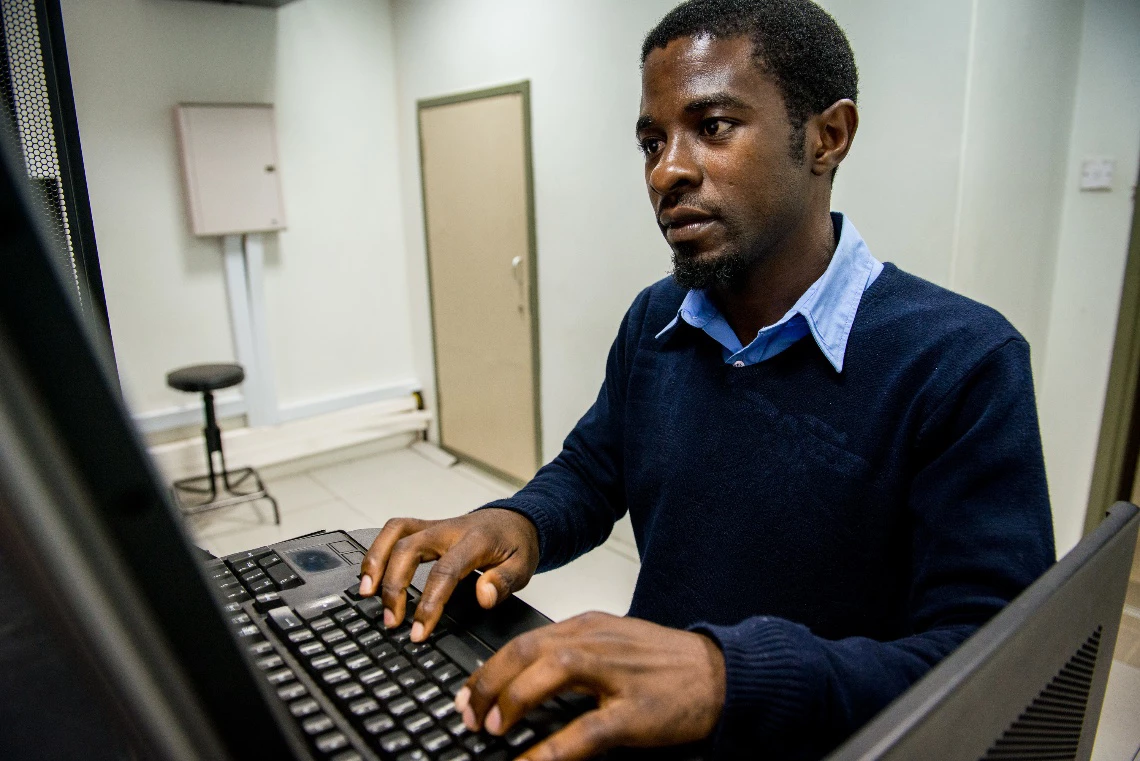
Frequently Asked Questions
How Does Artificial Intelligence Affect Job Displacement?
Artificial intelligence can automate repetitive tasks, leading to job displacement in some industries. However, it also creates new opportunities in tech and other sectors.
What Is The Negative Impact Of Ai On Employment?
AI can lead to job displacement, especially in repetitive tasks and low-skill jobs. Workers may need retraining.
What Is The Productivity Paradox Of Artificial Intelligence?
The productivity paradox of artificial intelligence refers to the gap between AI advancements and actual productivity gains. Despite significant technological progress, measurable productivity improvements remain limited. This paradox raises questions about AI’s true impact on economic growth and efficiency.
What Is The Ai Paradox?
The AI paradox refers to the phenomenon where tasks easy for humans are hard for AI, and vice versa. This reveals the complexity and unpredictability in developing AI systems.
Conclusion
The AI job paradox presents both challenges and opportunities. Jobs are created in new fields while traditional roles face displacement. Adaptation is key for individuals and businesses. Embracing AI can lead to growth and innovation. Continuous learning and flexibility will help navigate the evolving job landscape in the digital age.

